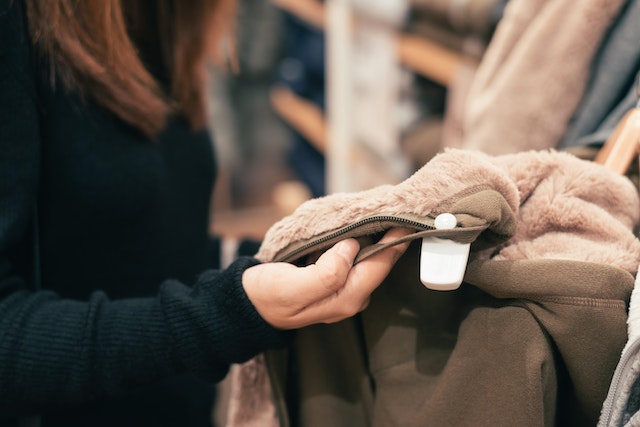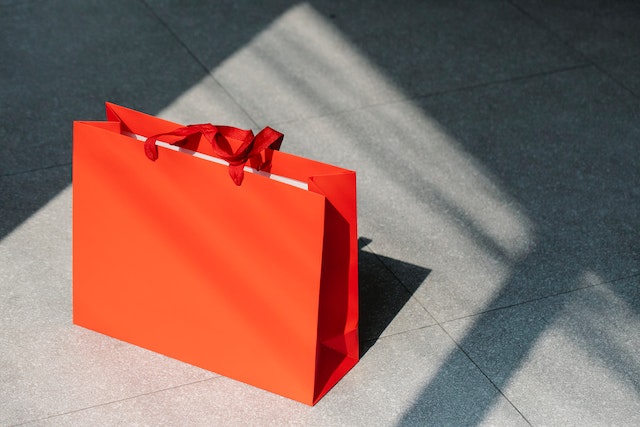Gamification has emerged as a powerful strategy for enhancing customer engagement, fostering loyalty, and creating memorable brand experiences.
By integrating gaming elements into retail promotions, brands can tap into consumers' innate desire for competition, achievement, and reward.
Gamification adds an element of fun and excitement, transforming the shopping experience into an interactive and immersive journey.
In this article, we will delve into the world of gamification in retail promotions, exploring its benefits, examining different gamification strategies, and showcasing successful examples of brands that have embraced gamification to drive customer engagement and loyalty.
The Power of Gamification in Retail Promotions
Gamification in retail promotions harnesses the inherent human desire for challenge, achievement, and rewards.
By incorporating gaming elements, such as points, badges, leaderboards, and virtual currencies, brands can create an interactive and engaging experience for customers.
Gamification fosters a sense of competition, encourages repeat visits, and strengthens brand loyalty. It also provides valuable data and insights into customer behaviour and preferences.
Gamification Strategies in Retail Promotions
 There are various gamification strategies that retailers can employ to enhance customer engagement. One popular approach is the use of loyalty programs with gamified elements.
There are various gamification strategies that retailers can employ to enhance customer engagement. One popular approach is the use of loyalty programs with gamified elements.
By awarding points, levels, and rewards for specific actions, such as purchases, referrals, or social media interactions, retailers incentivize customers to actively participate and interact with the brand.
Another strategy is the integration of gamified experiences within physical stores or online platforms. This could involve interactive touchscreens, augmented reality (AR), or virtual reality (VR) technologies that allow customers to engage with products in a playful and immersive manner.
For example, a cosmetics brand could offer virtual try-on experiences or create AR treasure hunts within their stores, where customers can collect virtual rewards or discounts.
Personalisation and Customisation in Gamification
 Personalisation and customisation are key elements in successful gamification strategies. By tailoring the gaming experience to individual preferences, retailers can create a more immersive and meaningful experience for customers.
Personalisation and customisation are key elements in successful gamification strategies. By tailoring the gaming experience to individual preferences, retailers can create a more immersive and meaningful experience for customers.
This could include personalised challenges, recommendations, or rewards based on past purchases or demonstrated interests.
Moreover, allowing customers to customise their avatars or virtual representations within the game adds an extra layer of engagement and personal connection. Customers can feel a sense of ownership and pride in their virtual identity, fostering a deeper bond with the brand.
Social Engagement and Competition
Social engagement and competition are integral components of gamification in retail promotions.
By incorporating social sharing features, such as leaderboards, challenges, and achievements, retailers can tap into the power of social influence and create a sense of community among customers.
Customers can compete with friends, share their achievements on social media, and even collaborate in team-based challenges.
Retailers can also leverage user-generated content (UGC) as a gamification tool. Encouraging customers to share photos, videos, or reviews of their experiences with the brand not only generates valuable content but also enhances customer engagement and provides opportunities for recognition and rewards.
Successful Examples of Gamification in Retail
Several brands have successfully embraced gamification in their retail promotions.
Nike, for instance, implemented gamified elements in its Nike+ app, encouraging customers to track their workouts, compete with friends, and earn badges and rewards for achieving fitness goals. This gamified approach not only enhanced customer engagement but also strengthened Nike's position as a leading athletic brand.
Starbucks is another brand that effectively used gamification with its Starbucks Rewards program. Customers can earn stars for purchases, level up their membership, and unlock special benefits and offers. This gamified loyalty program has driven customer loyalty and increased the frequency of visits to Starbucks stores.
What are my next steps?
Gamification has revolutionised the retail industry by injecting fun, interactivity, and competition into the shopping experience.
By incorporating gaming elements into retail promotions, brands can enhance customer engagement, foster loyalty, and create memorable interactions with their customers.
Gamification strategies that leverage loyalty programs, personalised experiences, social engagement, and competition have proven to be successful in driving customer participation and brand interaction.
As consumers seek immersive and interactive experiences, gamification provides a powerful tool for retailers to differentiate themselves, strengthen customer relationships, and drive business success.
Spearheading a retail promotion? Check out our ultimate guide to retail promotions to learn how to tap into your target audience, create compelling offers, and analyse and optimise your data to improve your results.
